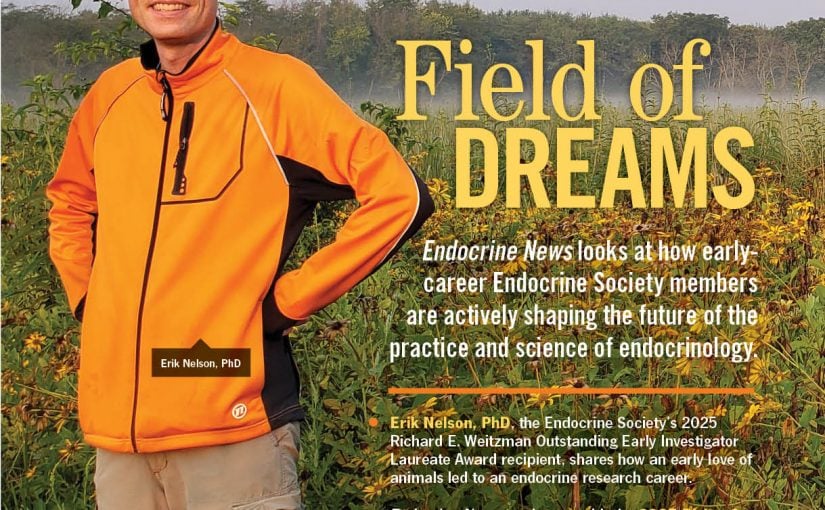Tumor size and random growth hormone concentration at diagnosis are the best predictors for remission of acromegaly after transsphenoidal surgery (TSS), according to a study recently published in The Journal of Clinical Endocrinology & Metabolism.
Researchers led by Eva C. Coopmans, MD, of Erasmus University Medical Center in Rotterdam, The Netherlands, point out that TSS is the primary treatment of choice for acromegaly, since it’s the only treatment that can provide a cure and results in lower lifetime costs. “Overall, approximately 75% of patients achieve long-term remission, which sometimes takes several years after initial surgery,” the authors write. “It is important to identify patients in whom surgical remission is not attainable at an early stage, both to inform patients on expected treatment outcome and to select those who are more likely to need additional therapy.”
In this large multicenter study, the researchers analyzed clinical data since 2000 from 282 patients across three tertiary neurosurgical referral centers in The Netherlands. They found that early biochemical remission is best distinguished by maximum tumor diameter at diagnosis and long-term remission occurs more frequently in patients with a lower random GH concentration at diagnosis who harbor a smaller tumor. “Relapse after TSS occurred more frequently in patients who were younger at diagnosis and harbored larger tumors that secrete more GH,” the authors write. “This observation confirms and builds upon previous studies, proposing age at diagnosis to be a clinical marker of tumor size and aggressiveness.”
The authors go on to write that these predictors can be used to better inform patients on expected treatment outcome and to personalize postoperative treatment and follow-up. “In addition,” they conclude, further optimization of surgical techniques to improve remission rates for patients who harbor large tumors extending laterally into the cavernous sinus is warranted.”

